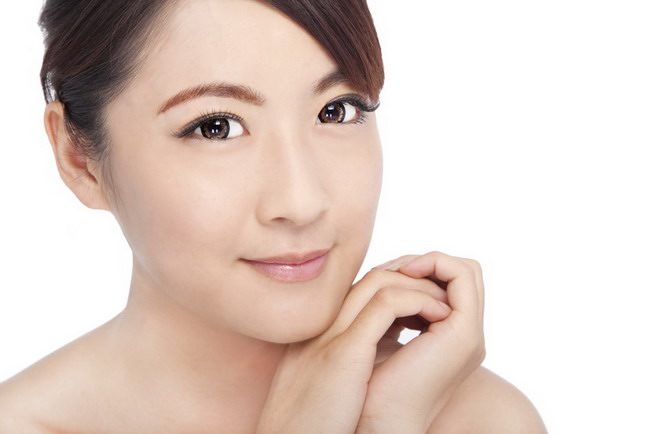Craniosynostosis is a birth defect in which the fontanelle closes prematurely. As a result, the baby's head develops abnormally and causes the baby's head to look imperfect.
At first, the skull bone is not a single whole bone that stands alone, but a combination of several bones connected by the crown. The crown will remain open until the baby is 2 years old, so that the baby's brain can develop. Then, the crown will close and form a solid skull bone.

In babies with craniosynostosis, the fontanel closes more quickly before the baby's brain is fully formed. This condition makes the brain push the skull bone, so that the shape of the baby's head becomes disproportionate.
If left untreated, craniosynostosis can cause permanent changes in the shape of the head and face. The pressure inside the head cavity can increase and lead to serious conditions, such as blindness and death.
Symptom Craniosynostosis
Signs of craniosynostosis usually appear at birth, and become more pronounced after a few months. These signs include:
- The crown or soft part of the baby's head is not felt.
- The forehead looks like a triangle, with the back of the head wide.
- The forehead shape is partly flat and partly prominent.
- The position of one ear is higher than the other ear.
- The shape of the baby's head is smaller than babies his age.
- Abnormal head shape, such as elongated and flat, or looks flat on one side.
When to go to the doctor
Follow the recommended immunization schedule. The pediatrician will monitor the child's growth and development during immunization, including the growth of the child's head. If you suspect there is an abnormality in the development or shape of the child's head, do not delay to immediately see a doctor.
It should be noted that an abnormally shaped baby's head does not always indicate craniosynostosis. This condition can occur due to the baby sleeping too often on one side of the body, without changing positions. Therefore, a doctor's examination is needed to be sure.
Causes and Risk Factors Craniosynostosis
It is not known what causes craniosynostosis, but the condition is thought to be related to genetic and environmental factors. Craniosynostosis is also thought to be triggered by conditions that can affect a child's skull development, such as Apert syndrome, Pfeiffer syndrome, and Crouzon syndrome.
The risk for the baby to develop craniosynostosis is higher in women who have thyroid disease or are taking thyroid medication during pregnancy. The same risk can also be experienced by women who use fertility drugs, such as: clomiphene, before becoming pregnant.
Diagnosis Craniosynostosis
To confirm craniosynostosis, the doctor will perform the following tests:
- Examination of the baby's head by examining the crown and abnormalities of the head.
- Imaging with a CT scan to see the skull bones in more detail.
- Genetic testing to determine the suspected genetic disorder.
Treatment Craniosynostosis
Craniosynostosis of mild or moderate severity does not require specific treatment. The doctor will advise the patient to wear a special helmet, to improve the shape of the skull and help brain development. However, most serious cases of craniosynostosis are treated with surgery.
Surgery for craniosynostosis depends on the severity of the craniosynostosis and whether there is an underlying genetic abnormality. The goals of surgery are to reduce and prevent pressure on the brain, make room in the skull for the brain to expand, and improve the shape of the skull.
There are two types of surgery that can be done to treat craniosynostosis, namely:
- Surgery endoscopeThis surgery is performed on infants under 6 months of age. This procedure requires only one day of hospitalization and does not require a blood transfusion. After this procedure, therapy with a special helmet can be done to improve the shape of the skull.
- Surgery openThis procedure is performed on infants over 6 months of age. Open surgery requires three to four days of hospitalization and blood transfusions.
Complications Craniosynostosis
Mild craniosynostosis left untreated can cause permanent changes in the shape of the head and face. As a result, people with craniosynostosis feel ashamed to blend in with society.
Patients with severe craniosynostosis are at risk for increased intracranial pressure (pressure in the cavity of the head). If left untreated, increased intracranial pressure can lead to the following serious conditions:
- Developmental disorders
- Eye movement disorders
- Cognitive impairment (learning and thinking)
- Seizures
- Blindness









